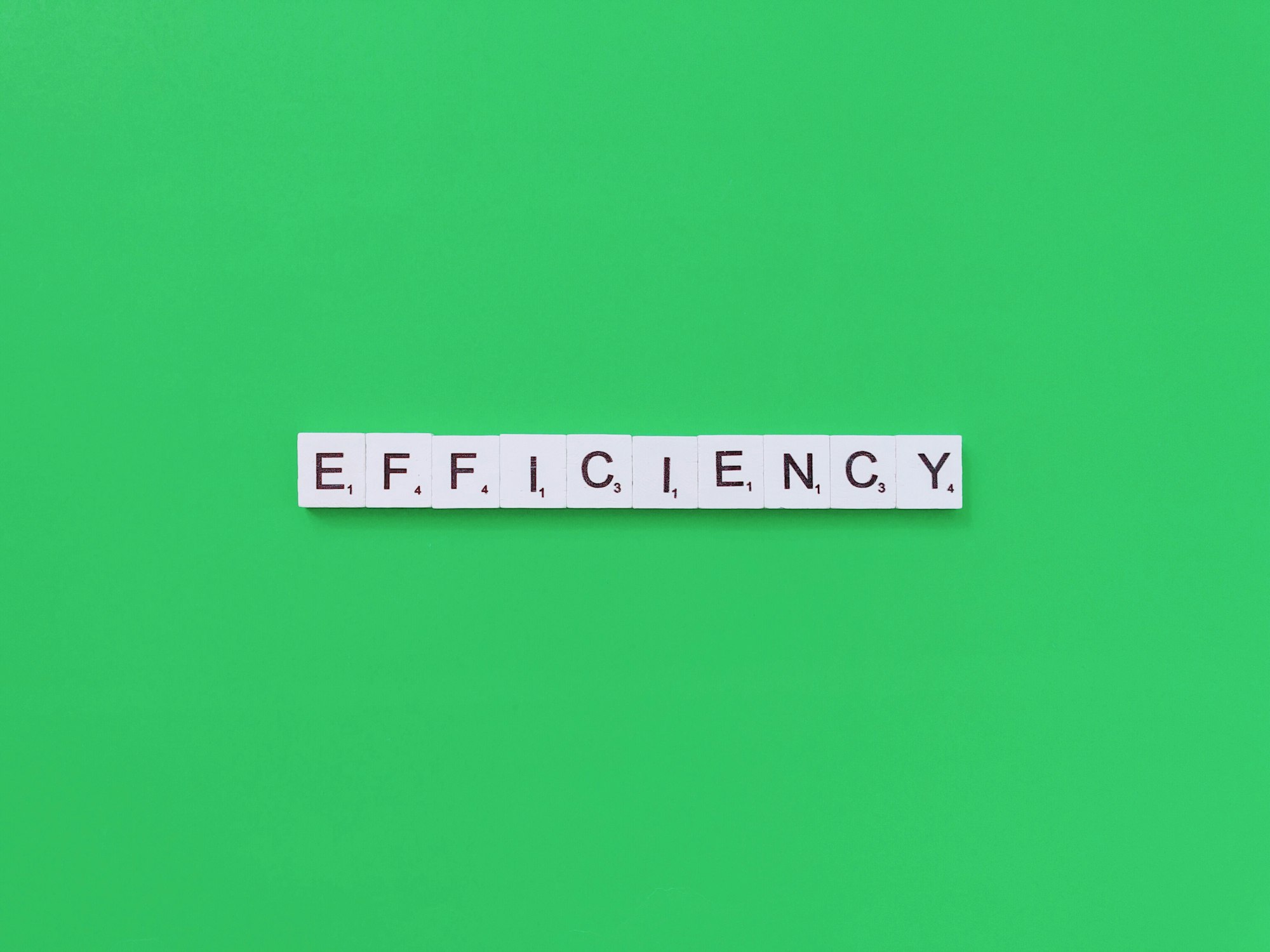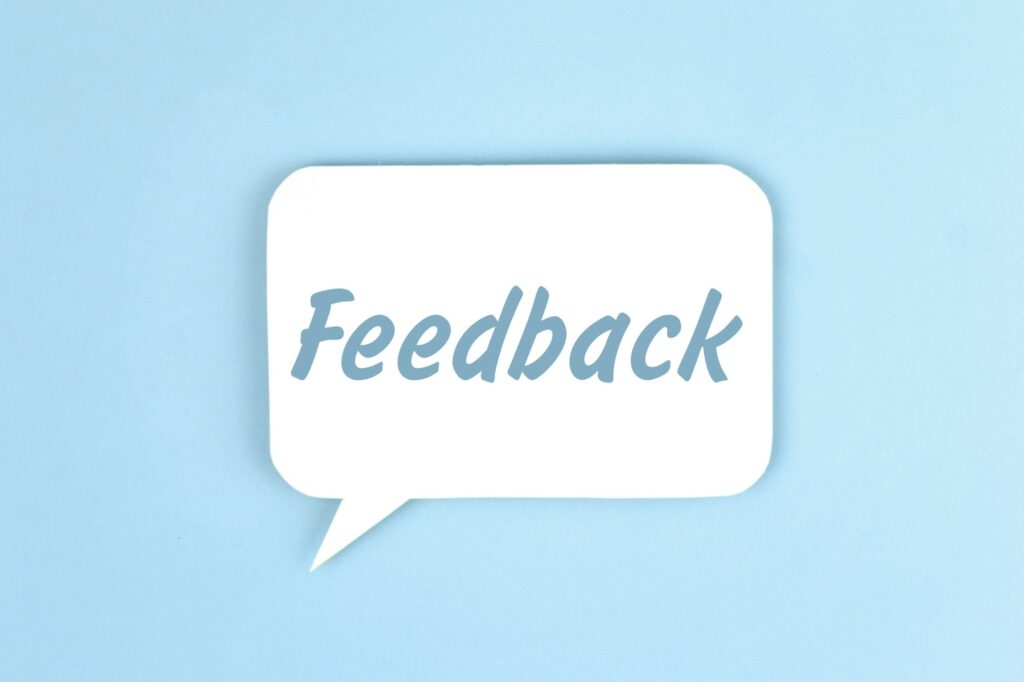
Are you tired of feeling like your projects are spiraling out of control? You’re not alone.
Many professionals struggle to keep their tasks organized and on track. That’s where Agile project management comes in. This approach isn’t just a buzzword—it’s a game-changer for boosting productivity and streamlining workflows.
Agile project management techniques offer a flexible and iterative approach to managing projects. They emphasize collaboration, customer feedback, and small, incremental changes—all designed to adapt to an evolving project landscape.
“Agile isn’t a destination. It’s a journey of continuous improvement.” – Unknown
So, if you’re ready to reclaim control over your projects and enhance productivity, keep reading. We’ll dive into the core principles of Agile, explore its benefits, and provide practical tips to implement these techniques in your own workflow.

Agile project management isn’t just a buzzword; it’s a proven approach that can revolutionize the way your team works. Agile techniques center around flexibility, efficiency, and real-time response to changes.
At its core, Agile is all about breaking down massive projects into more manageable tasks. This approach allows teams to adapt swiftly to project needs and client feedback while maintaining a high level of productivity.
One of the foundational principles of Agile is its iterative process. Rather than working on a project from start to finish in one go, Agile advocates for developing in increments, called iterations or sprints.
Each sprint is a short, time-boxed period during which the team completes a set portion of the project. This allows for continuous improvement and adaptation, which are key drivers of productivity.
Embracing Agile means adopting frameworks like Scrum, which helps teams organize their work and tackle projects in bite-sized pieces.
Kanban, another Agile methodology, focuses on visualizing the workflow and limiting work in progress to avoid bottlenecks. Both frameworks can help your team stay on track and ensure that every member is contributing effectively.
The flexibility inherent in Agile is one of its greatest strengths. As your team progresses through iterations, you can easily pivot in response to changing project needs or client feedback.
This adaptability minimizes downtime and maximizes your ability to deliver high-quality results quickly.
Additionally, the frequent team meetings and check-ins characteristic of Agile methods enhance transparency and accountability, making it easier for everyone to stay aligned with project goals.
To truly harness the power of Agile project management for productivity, it’s essential to incorporate its core principles and practices into your workflow.
One of the first steps is the daily stand-up meeting. These brief, time-boxed sessions ensure that everyone on the team is aligned and aware of daily objectives.
Each team member quickly shares their progress, upcoming tasks, and any impediments they’re facing. This transparency promotes accountability and keeps the project moving forward smoothly.
Another critical element is the use of sprints, which are short, defined periods in which specific tasks must be completed. Sprints create a sense of urgency and focus, helping teams to maintain momentum and deliver value incrementally.
Typically, sprints last between one to four weeks, ending with a sprint review where teams assess their accomplishments and gather feedback.
Additionally, embracing user stories can enhance productivity. User stories are short, simple descriptions of features from the perspective of the end-user.
By focusing on user needs, teams can prioritize work that delivers the most value. This customer-centric approach helps to ensure that the project stays aligned with end-user expectations, reducing time spent on low-impact activities.
Implementing retrospectives at the end of each sprint is also vital. These meetings are dedicated to reflecting on what went well, what didn’t, and how processes can be improved.
Retrospectives foster a culture of continuous improvement, enabling teams to quickly adapt and refine their workflows for better efficiency.
Finally, leveraging Agile tools and software like JIRA, Trello, or Asana can significantly streamline your workflow. These tools provide a centralized platform for tracking tasks, managing backlogs, and facilitating communication.
By utilizing these digital resources, teams can maintain a clear overview of project status, milestones, and deliverables.
Incorporating these Agile techniques into your project management process can dramatically enhance productivity.
By fostering a collaborative environment, ensuring continual alignment, and prioritizing high-value tasks, teams can deliver superior results faster and more efficiently.

Embracing Agile project management can be a game-changer for your team’s efficiency. At its core, Agile is built on principles that promote quick adaptations, collaborative efforts, and continuous improvement.
These elements not only streamline workflows but also empower teams to respond to changes dynamically and deliver high-quality results consistently.
But how exactly does Agile achieve this? Let’s explore the key benefits that make Agile an effective approach for boosting efficiency.
The Agile backlog serves as the heart of any Agile project. Essentially, it’s a dynamic list of tasks and requirements that need to be completed within the project.
Think of it as your project’s to-do list, but with much more structure and flexibility. This list isn’t set in stone; instead, it evolves as your project progresses and as new needs and insights arise.
So, how do you make the most of your Agile backlog? First, prioritize. Items in the backlog are arranged in order of their importance and business value.
This ensures that the team is always working on what matters most. Prioritization not only boosts productivity but also maximizes the value delivered to your customer.
Next, break down tasks. Large, overwhelming tasks, often referred to as “epics,” are divided into smaller, manageable pieces called “user stories” or “features.”
This approach makes it easier for your team to tackle each task methodically and avoid the paralysis often caused by staring down huge projects.
Collaboration plays a crucial role here. The backlog isn’t created in isolation; it’s usually the product of continuous discussions between developers, product owners, and stakeholders.
Regular grooming or “refinement sessions” help keep the backlog up-to-date and relevant to the project’s current state.
Another key aspect is flexibility. Since the backlog is continuously updated based on feedback and changing priorities, it allows teams to remain agile and responsive to new information.
This flexibility is a cornerstone of Agile methodologies, helping you adapt and pivot without losing momentum.
Using tools like Jira, Trello, or Azure DevOps can streamline the management of your backlog. These tools offer visual representations of tasks, making it easier to track progress, set priorities, and facilitate team communication.
With these tools, your Agile backlog becomes more than just a list; it transforms into a living, breathing entity that guides your project to success.

Effective team collaboration lies at the heart of Agile practices. It’s not just about working together; it’s about creating a cohesive unit geared towards common goals.
One powerful technique Agile teams use is the daily stand-up meeting. These brief, focused meetings foster clear and concise communication, ensuring everyone is aware of their responsibilities and any obstacles the team might face.
Moreover, embracing an environment of open communication and trust is paramount. This means fostering a culture where every team member feels comfortable sharing ideas, concerns, and feedback.
Agile practices encourage a space where transparency thrives, allowing team members to anticipate issues and address them proactively.
To further enhance collaboration, Agile teams often employ cross-functional teams. This means bringing together diverse skill sets and perspectives, which promotes a holistic approach to problem-solving.
When team members from different disciplines collaborate closely, they can leverage their unique strengths and insights, leading to more innovative and effective solutions.
In addition, Agile methodologies emphasize the importance of collaborative tools and technologies.
Utilizing platforms that support real-time communication and project tracking, such as Slack, Jira, and Trello, can significantly boost a team’s collaborative efforts.
These tools ensure that everyone stays on the same page, regardless of geographic location.
Ultimately, Agile practices transform the way teams interact and collaborate, paving the way for a more dynamic, responsive, and ultimately more productive work environment.
By prioritizing open communication, trust, and the right mix of collaboration tools, you can enhance your team’s synergy and drive project success.

Real-time feedback is a cornerstone of Agile methodology, fostering an environment where teams can swiftly adapt and improve.
When feedback is immediate, smaller issues are caught early and addressed before they balloon into larger problems.
This continuous loop of feedback and iteration is what enables Agile teams to maintain momentum and deliver high-quality results consistently.
Imagine a scenario where you’re building a complex feature. With traditional project management methods, you might spend weeks or even months perfecting it, only to discover at the end that it doesn’t meet the client’s needs.
Agile sidesteps this pitfall by promoting frequent check-ins and reviews. This way, stakeholders can see progress, provide input, and steer the project in the right direction, all in real time.
Daily Stand-ups: One practical application of real-time feedback in Agile is the daily stand-up meeting.
These brief, focused sessions allow team members to share what they accomplished yesterday, what they plan to do today, and any roadblocks they’re facing. It’s a simple yet powerful tool for ensuring alignment and fostering open communication.
Customer Reviews and Demos: Another powerful feedback mechanism is the regular customer review or demonstration. At the end of each sprint, teams showcase their work to customers or stakeholders, gathering invaluable feedback.
These sessions are not just about validation but also about learning and adapting to better meet user expectations.
This culture of instant feedback and responsiveness is vital for addressing issues promptly, refining processes, and ultimately accelerating the delivery of a superior product.
By incorporating real-time feedback into your Agile practices, you empower your team to be more flexible, proactive, and productive.

When you’re navigating the dynamic landscape of Agile project management, having the right tools at your disposal can make all the difference.
By leveraging specialized software, you can streamline your workflow, enhance collaboration, and keep everyone aligned on project goals. Here are some top Agile tools you should consider:
Choosing the right tool depends on your team’s specific needs and workflow processes. Evaluate the features and integrations each tool offers to ensure it aligns well with your Agile practices.
By integrating these Agile tools into your project management approach, you’ll empower your team to work more efficiently and stay focused on delivering high-quality results.
Agile project management enhances workflow efficiency by breaking down projects into smaller, manageable tasks. This approach, often facilitated by frameworks like Scrum and Kanban, helps teams stay focused and deliver work incrementally.
Additionally, regular check-ins and updates ensure that any bottlenecks are identified and addressed promptly, leading to a smoother workflow and quicker delivery of high-quality results.
Implementing agile project management offers numerous productivity benefits. These include improved focus through clear prioritization, enhanced team collaboration from regular communication, and the ability to adapt quickly to changes.
Agile practices such as time-boxed sprints and daily stand-ups not only keep the team aligned but also ensure continuous progress, resulting in timely and efficient project completion.
Agile methodologies streamline project processes for better efficiency by emphasizing iterative progress, constant feedback, and the flexibility to adapt.
This includes the use of tools such as Kanban boards to visualize work and identify impediments as well as sprint cycles to ensure continuous delivery.
By breaking down projects into smaller, more manageable parts, teams can focus on delivering functional segments of the project quickly, which enhances overall efficiency.
Agile offers several advantages over other project management methodologies. One of the biggest benefits is its flexibility, allowing teams to respond swiftly to changes and new information.
Agile also fosters better stakeholder engagement through regular communication and feedback loops.
Compared to traditional methods, Agile places a higher emphasis on delivering customer value and iterative improvements, ensuring that the end product is more aligned with user needs and expectations.
Agile project management promotes flexibility and adaptability by encouraging frequent reassessment and adjustment of plans. This is achieved through iterative cycles, known as sprints, and regular feedback sessions, such as retrospectives.
In this way, teams can pivot when necessary, quickly responding to changing requirements or unforeseen issues.
The core Agile principles of embracing change and prioritizing customer feedback make it a dynamic approach that can adapt to evolving project landscapes.
By embracing Agile project management techniques, you can significantly boost productivity and drive your team toward unprecedented success.
Agile’s inherent flexibility, its focus on iterative progress, and the constant feedback loop ensures that your projects not only stay on track but also adapt to changes seamlessly.
Whether it’s through streamlined collaborations or quick turnaround times, Agile practices offer a blueprint for enhanced efficiency and effectiveness.
Consider integrating Agile methodologies like Scrum or Lean Software Development to reshape how your team approaches projects.
By maintaining a dynamic backlog, encouraging active team participation, and utilizing powerful Agile tools, you can transform your workflow into a well-oiled machine that consistently delivers high-quality results.
Remember, the core of Agile is its people-centric approach. High-performing teams don’t just emerge—they’re cultivated through shared goals, mutual respect, and a commitment to continuous improvement.
Empower your team by adopting Agile and watch how productivity, morale, and innovation flourish.



